The fast-fashion industry, a global phenomenon driven by rapidly changing trends and affordable clothing, has experienced explosive growth over the past few decades. People love to be trendy, which helps this industry flourish and thrive.
However, behind the glossy storefronts and enticing price tags lies a grim reality: the systemic exploitation of workers and a disturbing tendency to shift the blame onto consumers.
Let’s delve into the intricate dynamics of the fast-fashion industry, offering a comprehensive analysis of how it exploits its labor force and manipulates consumer behavior.
The Fast-Fashion Industry’s Labor Exploitation
How the Fast-Fashion Industry is Exploiting Workers and Shifting Blame onto Consumers
- The Fast-Fashion Industry’s Labor Exploitation
- Inadequate Wages and Overtime
- Unsafe Working Conditions
- Limited Workers’ Rights
- Global Supply Chains: A Web of Exploitation
- Outsourcing and the Race to the Bottom
- Environmental Impacts
- The Perils of Fast Fashion for Garment Workers
- The Plight of Women and Child Labor
- Mental and Physical Health Consequences
- Lack of Job Security
- The Consumer Blame Game
- The Power of Advertising: Creating Unrealistic Expectations
- Fast-Fashion Marketing Strategies
- Impact on Consumer Perceptions
- The Culture of Disposability: Encouraging Overconsumption
- Planned Obsolescence
- Pressure to Keep Up with Trends
- The Greenwashing Dilemma: Shifting Responsibility to Shoppers
- Promoting “Eco-Friendly” Lines
- Consumer Guilt and Responsibility
- The Consequences and Calls for Change
- Environmental Impacts of Fast Fashion
- Waste Generation
- Water Pollution
- Carbon Footprint
- The Rise of Ethical and Sustainable Alternatives
- Slow Fashion Movements
- Sustainable Brands Leading the Way
- Consumer Awareness and Activism
- The Role of Legislation and Regulation
- Efforts to Improve Worker Conditions
- Advocating for Transparency
- Conclusion
- Don’t Toss It Yet: 12 Overlooked Antiques In Your Home That Could Make You An Overnight Millionaire
- Profitable Stock Traders are Using This Tool to “Hack” the Markets
- 10 Industries That Will Make The Most Millionaires In The Next 5 Years
- 8 Cryptos Set to Shoot to the Moon in 2023 – One Small Investment, One Giant Leap for Your Wallet
- 10 Stocks in Bill Gates Stock Portfolio Smart Investors are Buying
- The 27 Unexpected Habits Of The Wealthy: Secrets To Maximize Your Money
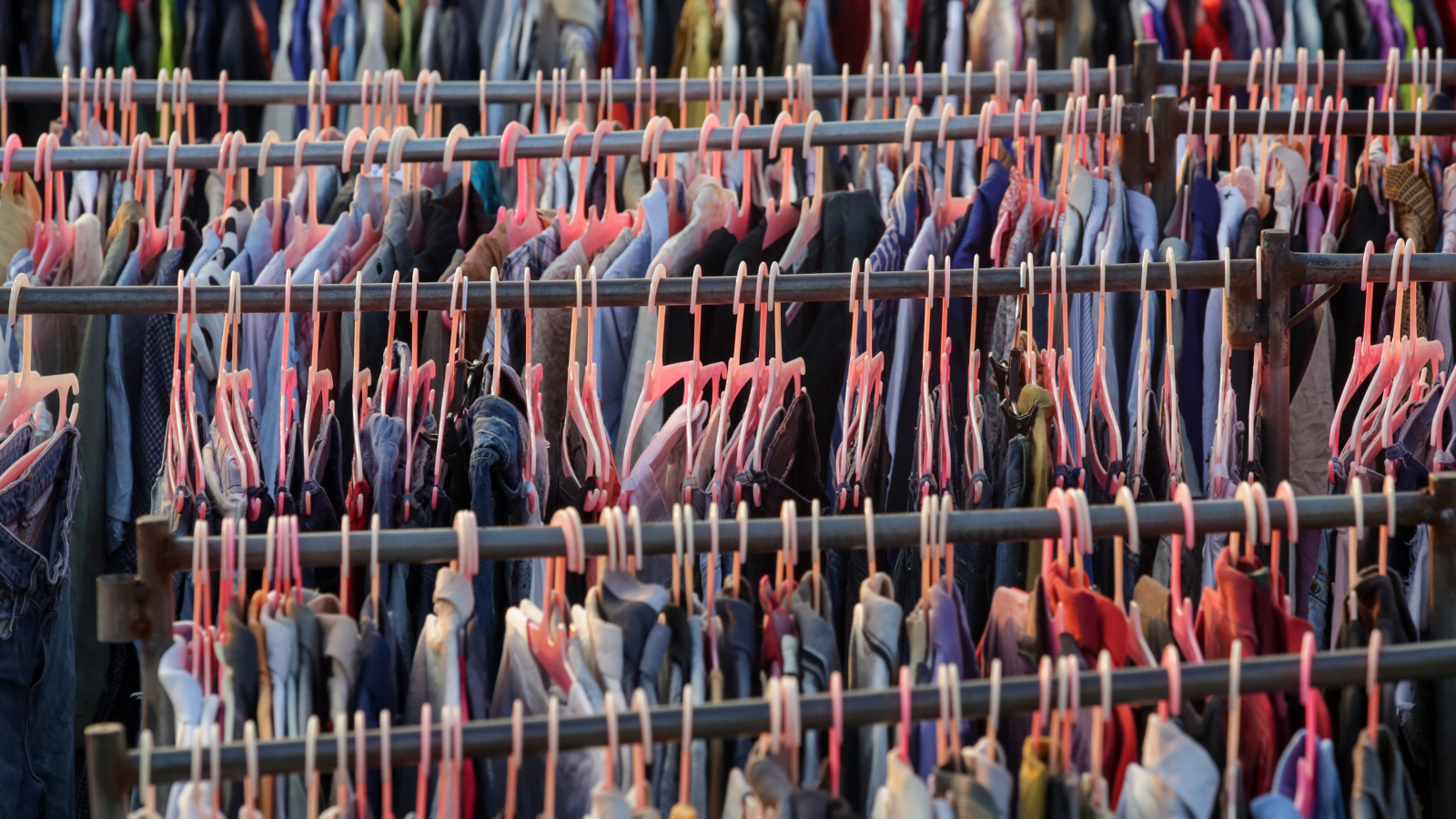
The biggest exploited stakeholder in the fast-fashion industry in the labor.
Inadequate Wages and Overtime

In the fast-fashion industry, workers often endure abysmally low wages, frequently falling below the minimum wage, making it nearly impossible to sustain a basic standard of living. To compound this issue, they are subjected to grueling overtime hours, often in excess of 60 hours per week, without adequate compensation.
This exploitation not only violates labor laws but also perpetuates a cycle of poverty. The physical and mental toll, coupled with job insecurity, creates a bleak working environment for those laboring within the fast-fashion industry, highlighting the urgent need for improved labor standards and workers’ rights.
Unsafe Working Conditions
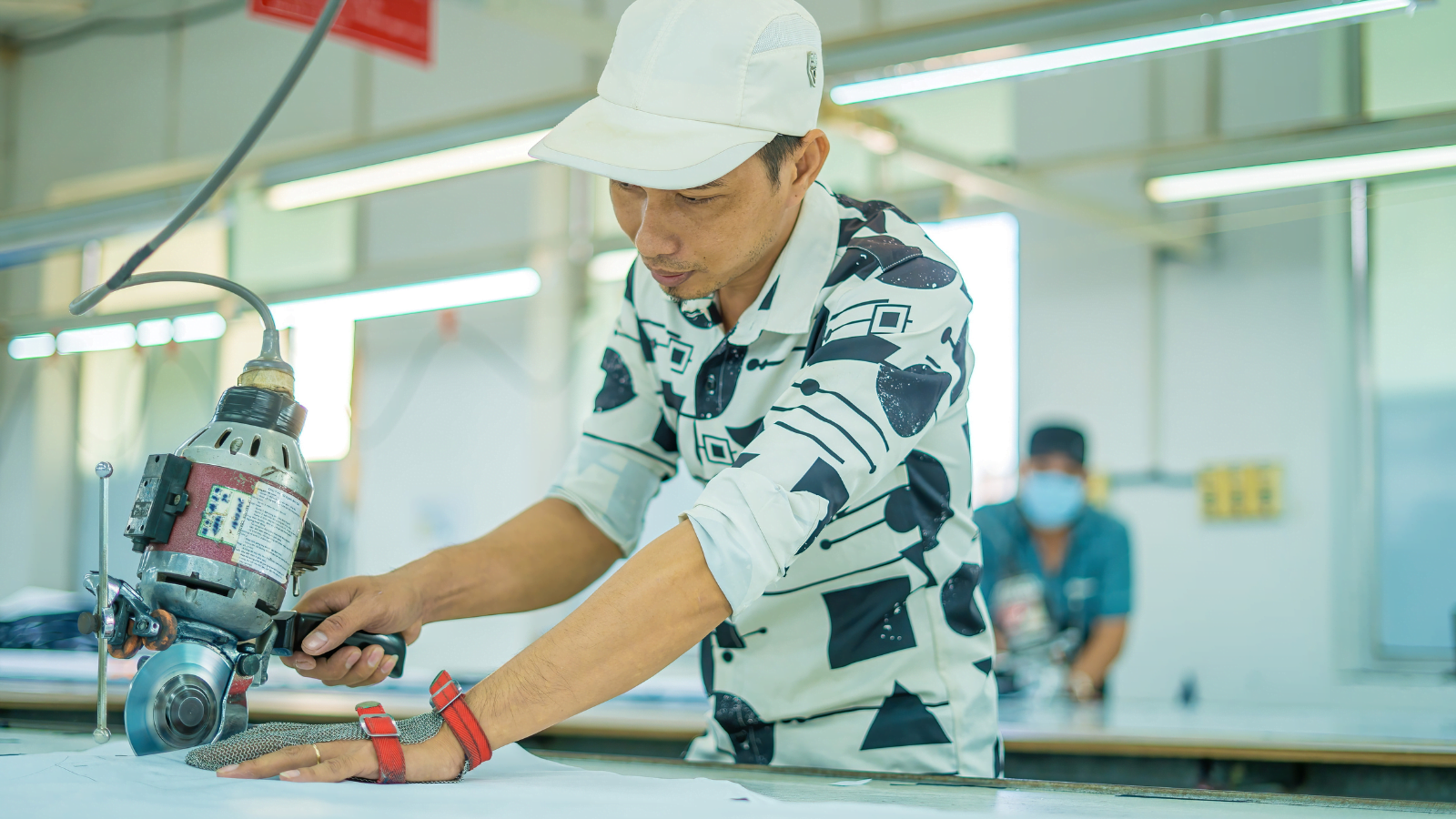
Workers in the fast-fashion industry frequently face hazardous working conditions. These environments lack safety measures, exposing employees to dangerous machinery, harmful chemicals, and inadequate ventilation.
The absence of proper safety protocols and protective equipment and lack of adequate emergency exits increases the risk of accidents and long-term health problems. Some unfortunate incidents have been seen in the recent past, with scores of employees losing their lives.
Limited Workers’ Rights

Limited workers’ rights within the fast-fashion industry perpetuate a cycle of exploitation. Many factories discourage or outright prohibit unionization, leaving employees without a collective voice to negotiate for improved conditions.
The absence of job security further deters workers from advocating for their rights. As a result, employees are subjected to substandard wages, excessive working hours, and hazardous environments, often with no recourse.
Global Supply Chains: A Web of Exploitation

Benefitting from the global supply chain is nothing wrong. However, the industry is now exploiting this as well.
Outsourcing and the Race to the Bottom
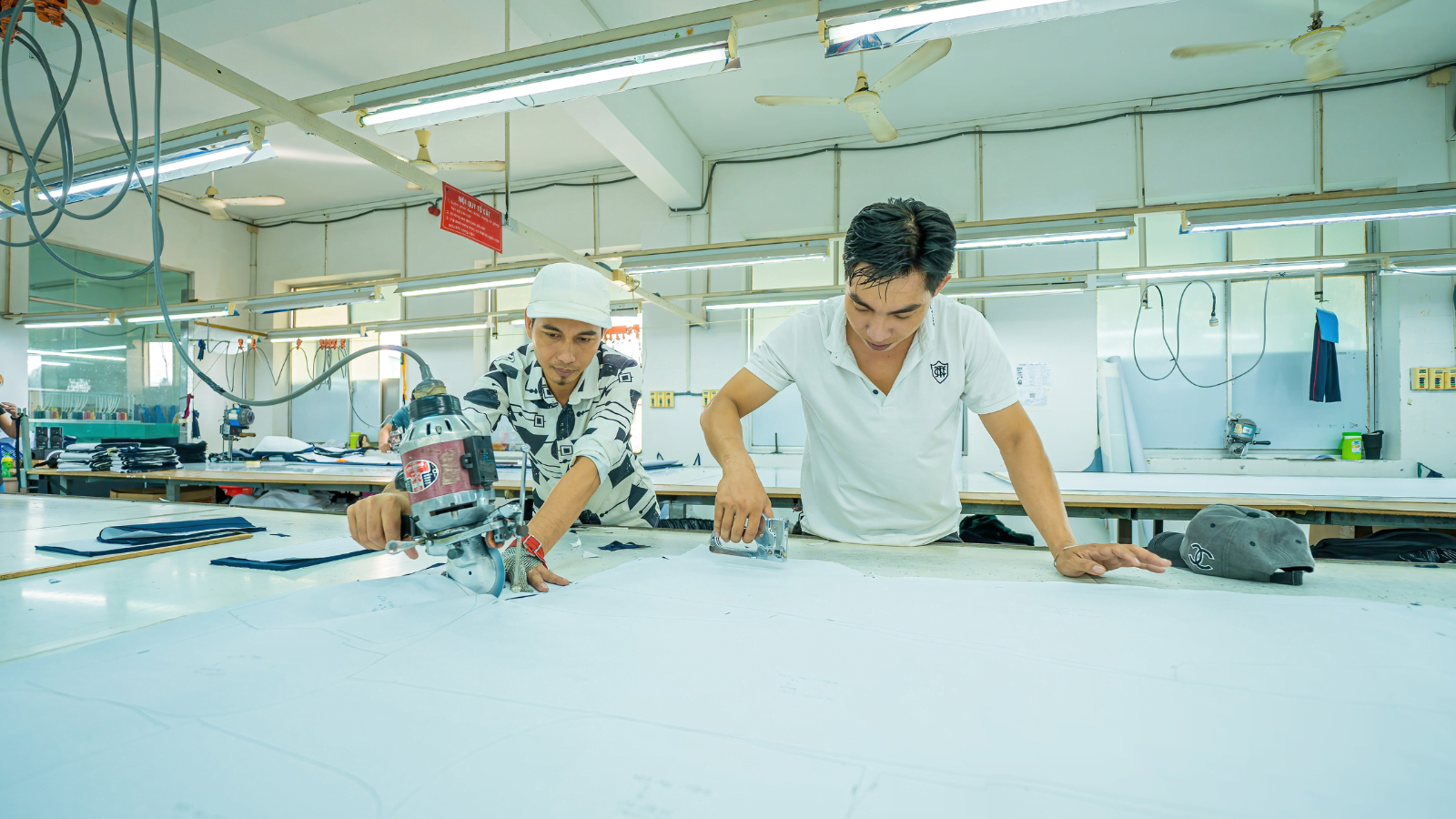
The fast-fashion industry’s reliance on outsourcing fuels a relentless race to the bottom. Companies seek cheaper production costs by outsourcing to countries with lax labor laws and low wages.
This drives competition among factories to reduce costs, leading to substandard working conditions, low wages, and worker exploitation in the global supply chain. Many of these fashion companies happily turn the other way and benefit from these ills.
Environmental Impacts
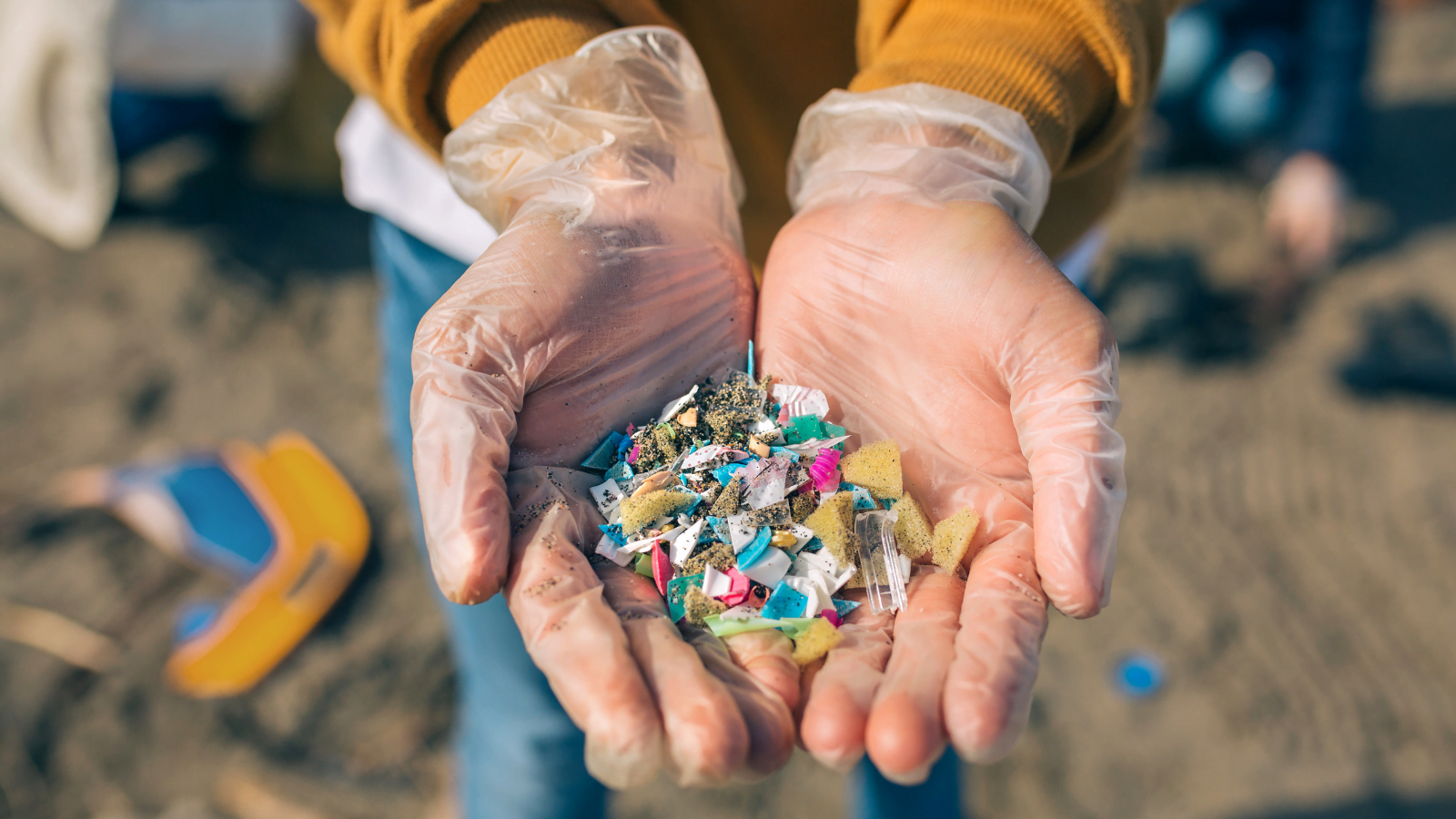
The fast-fashion industry inflicts severe environmental damage. It generates vast amounts of textile waste that clogs landfills, pollutes water sources with toxic chemicals used in dyeing, and contributes significantly to carbon emissions.
These environmental impacts pose a considerable threat to ecosystems and the planet’s overall health. In less developed countries, environmental pollution laws are usually not applied as strictly, allowing factories to cut corners and costs on treating used chemicals.
The Perils of Fast Fashion for Garment Workers

Labor, particularly women and children suffer badly due to poor work conditions.
The Plight of Women and Child Labor
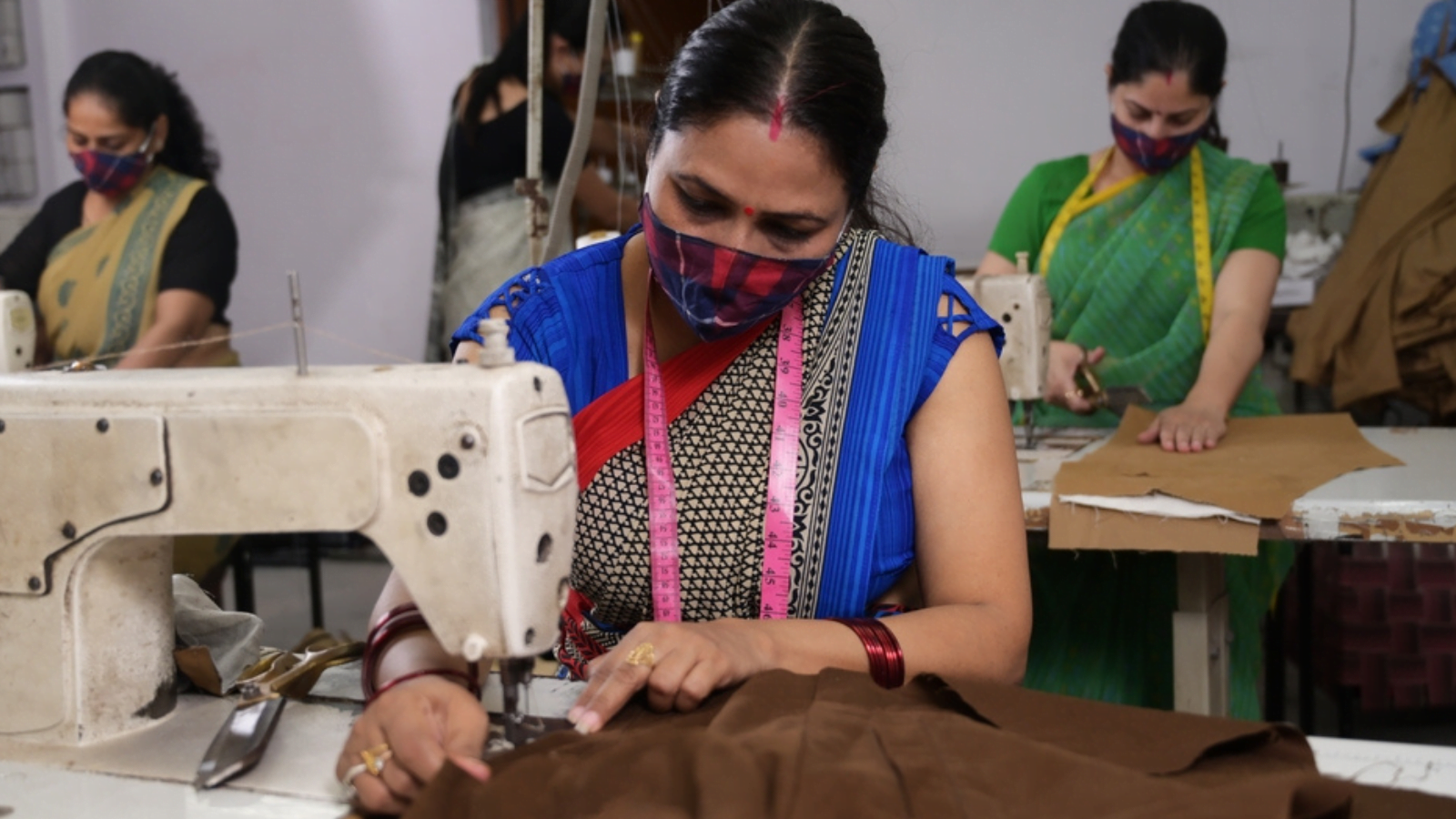
A disproportionate number of workers in the industry are women and children. They are often the most vulnerable and exploited, subject to discrimination and substandard conditions. They are easier to exploit when it comes to payments and allied issues.
Mental and Physical Health Consequences

Prolonged exposure to harsh working conditions and low wages takes a toll on workers’ mental and physical health. Stress, exhaustion, and occupational injuries are commonplace. There is hardly any compensation for short and long-term injuries and wages for the lost time.
Lack of Job Security
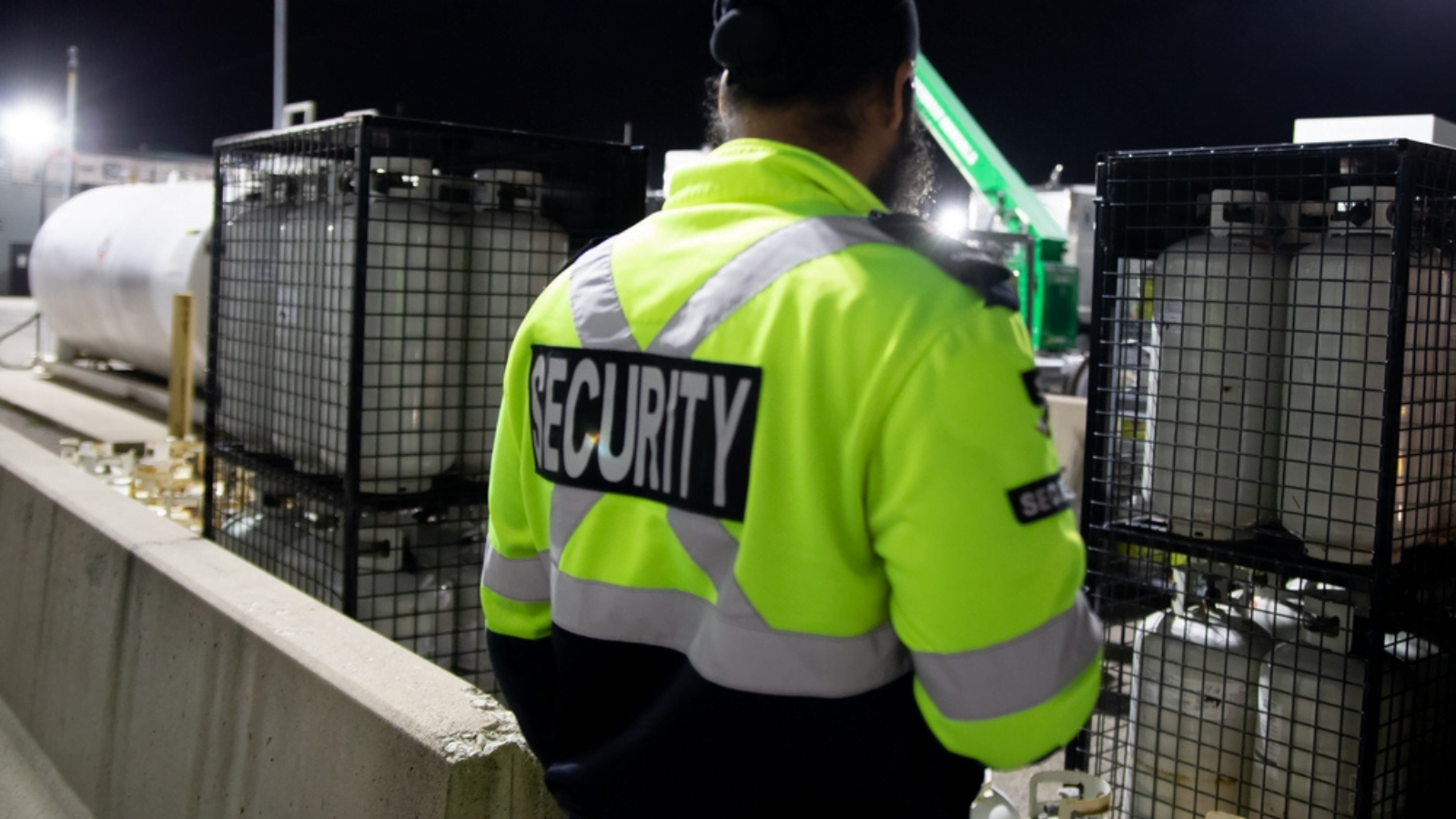
Fast fashion’s constantly changing demands can lead to job insecurity. Workers may face sudden layoffs and find it challenging to secure new employment with fair wages and conditions.
The Consumer Blame Game

Consumers are often blamed for the poor conditions and it is their “greed” that forces the companies to adopt poor practices including exploiting employees. Consumers are simply looking for too much of demand and that too are great prices.
The Power of Advertising: Creating Unrealistic Expectations

The industry uses marketing techniques to create unrealistic expectations, leading people to believe they are getting a once in a lifetime product.
Fast-Fashion Marketing Strategies
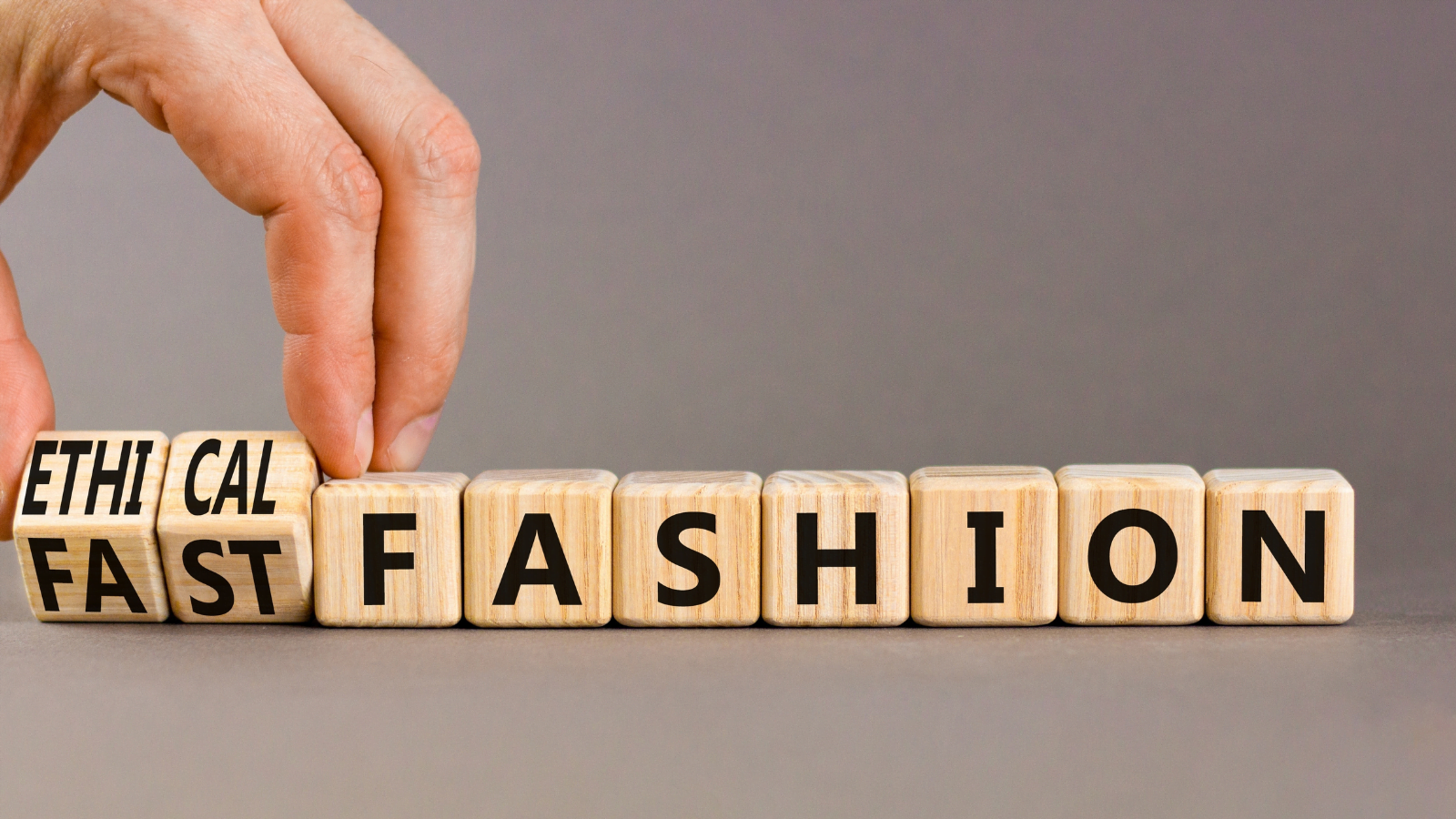
The industry uses aggressive marketing to promote the idea of constant renewal and staying on-trend. This creates an unrealistic expectation for consumers to frequently purchase new clothing.
Impact on Consumer Perceptions

The constant bombardment of advertising shapes consumer perceptions of what’s stylish and desirable, encouraging a “throwaway” culture where clothes are viewed as disposable commodities. They also create the impression that you will lose out if you do not indulge in the current fashion fad.
The Culture of Disposability: Encouraging Overconsumption

Humans throughout their history have been fixing things and using them for as long as possible. It was both out of necessity and sanity. However, fashion companies no longer want us to think before buying new cloths or shoes.
Planned Obsolescence

Fast-fashion brands often produce clothing with a limited lifespan. They are designed to wear out or go out of style quickly, encouraging consumers to replace them frequently.
Pressure to Keep Up with Trends

The fast pace of fashion trends pressures consumers to keep buying, even if their closets are already overflowing. This fosters overconsumption, contributing to waste and environmental damage.
The Greenwashing Dilemma: Shifting Responsibility to Shoppers

The fashion houses often hold consumers responsible with their over consumption while green washing their own practices.
Promoting “Eco-Friendly” Lines

Some fast-fashion brands engage in greenwashing, where they market “eco-friendly” or sustainable lines to deflect criticism and create the illusion of ethical responsibility. Often the products manufactured from recycled products are overpriced.
Consumer Guilt and Responsibility

Consumers are often made to feel guilty for the industry’s problems, as they are told to make more sustainable choices. However, this ignores the systemic issues and the industry’s responsibility to change its practices.
The Consequences and Calls for Change

There are severe environmental consequences and there is a need for change in how the industry works.
Environmental Impacts of Fast Fashion

Fast fashion generally has an ill impact on the environment.
Waste Generation
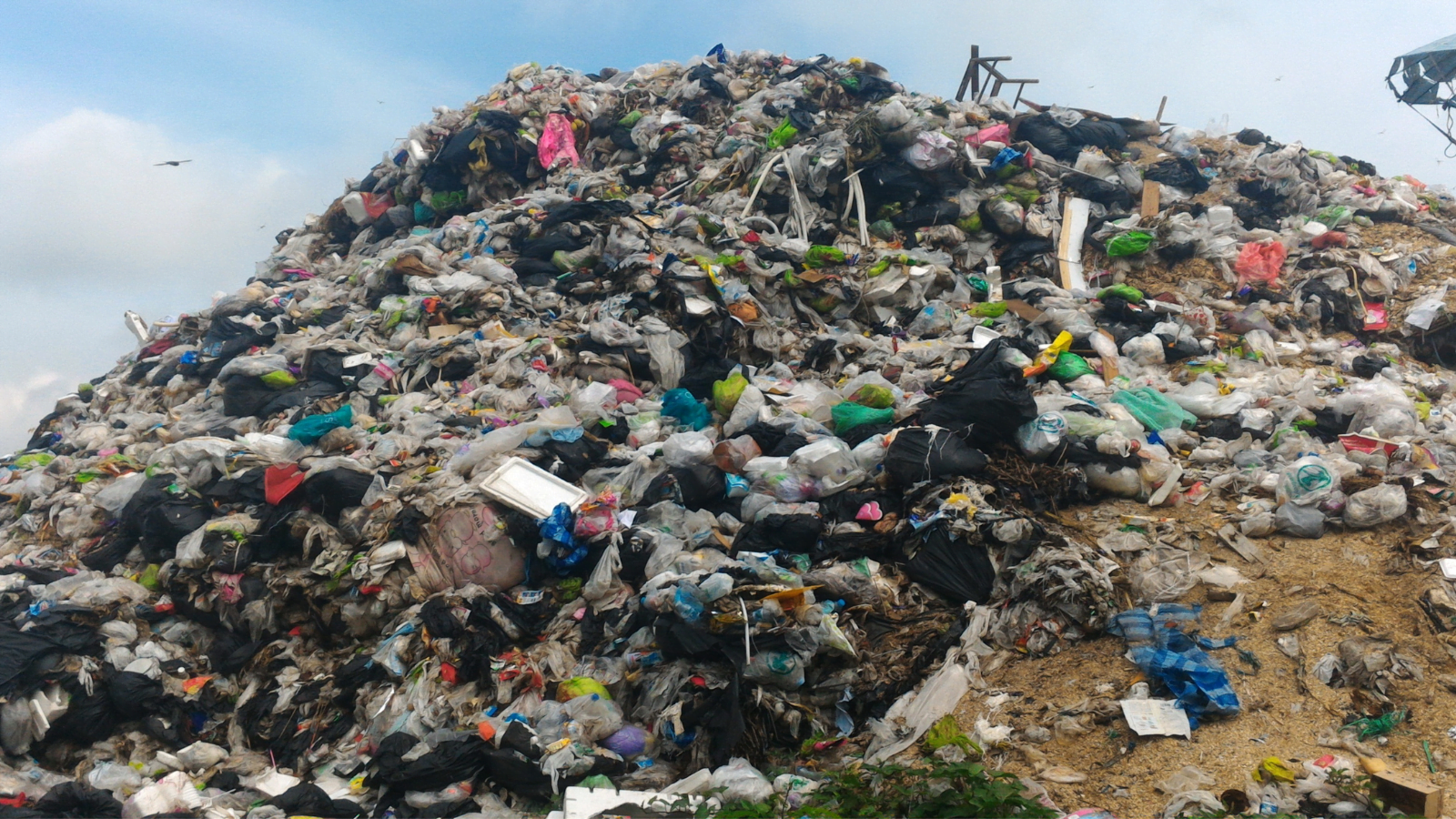
The fast-fashion industry is notorious for its staggering waste generation. Its disposable and short-lived clothing leads to an overflow of discarded garments in landfills.
Textile waste, often non-biodegradable, poses a significant environmental concern, as it exacerbates land pollution, contributes to resource depletion, and further worsens the industry’s negative environmental footprint.
Water Pollution
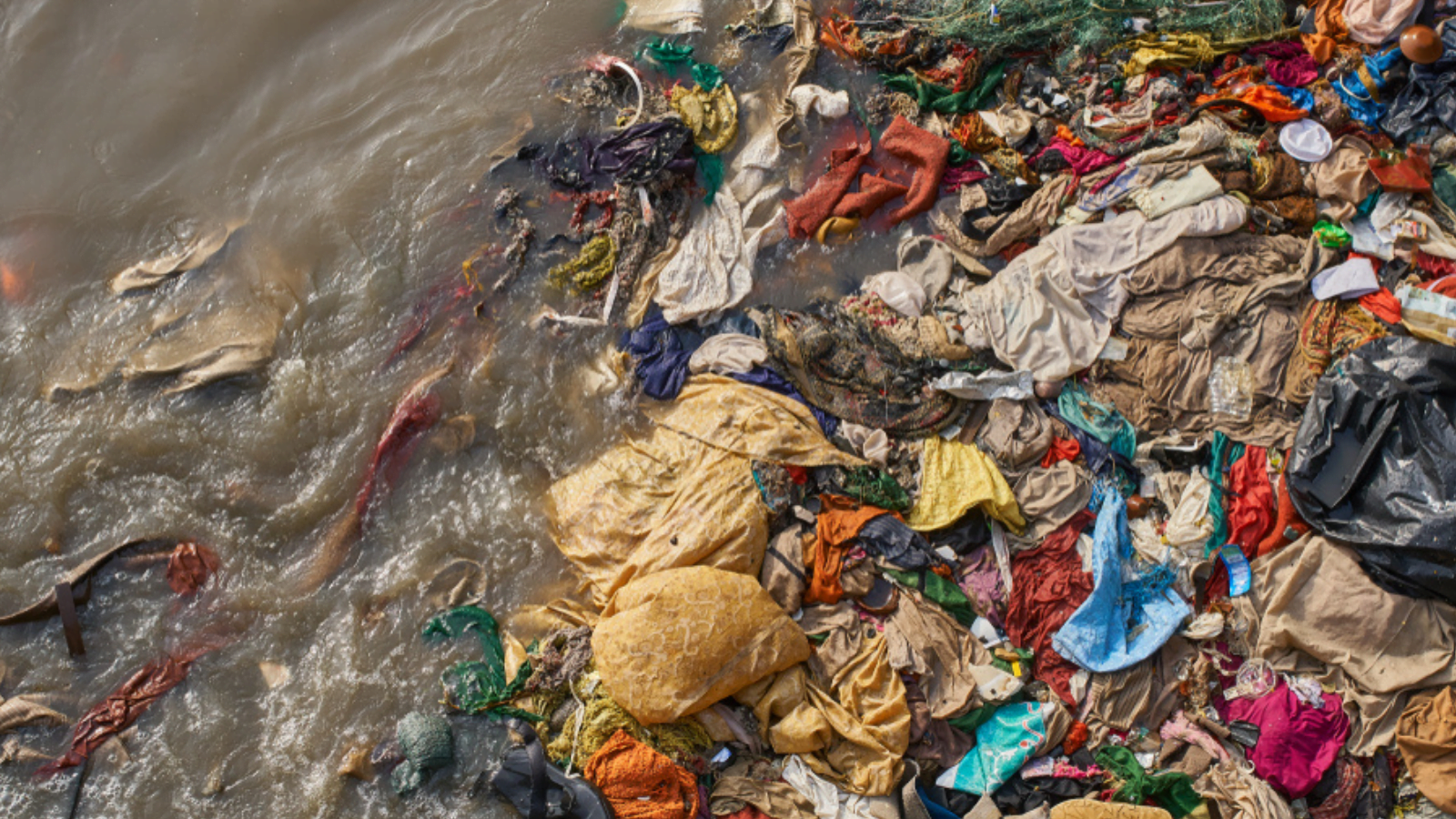
Fast fashion’s reliance on chemical-intensive textile production leads to significant water pollution. The dyeing and treatment of fabrics result in the discharge of harmful chemicals into water sources.
This practice contaminates local ecosystems and disrupts water quality, posing a severe threat to aquatic life and human health in regions with textile production.
Carbon Footprint

The fast-fashion industry has a substantial carbon footprint due to its entire lifecycle, including production, transportation, and disposal. The industry’s reliance on energy-intensive processes and global supply chains results in excessive greenhouse gas emissions, making it a major contributor to climate change and environmental degradation.
The Rise of Ethical and Sustainable Alternatives

There are, of course, always better alternatives available.
Slow Fashion Movements

Slow fashion movements advocate for a shift from fast and disposable fashion towards sustainable, ethical practices. They emphasize quality over quantity, with a focus on durability, timeless designs, and responsible sourcing.
Slow fashion promotes a more conscious, eco-friendly approach to clothing, aiming to reduce waste and environmental impact while supporting fair labor practices.
Sustainable Brands Leading the Way
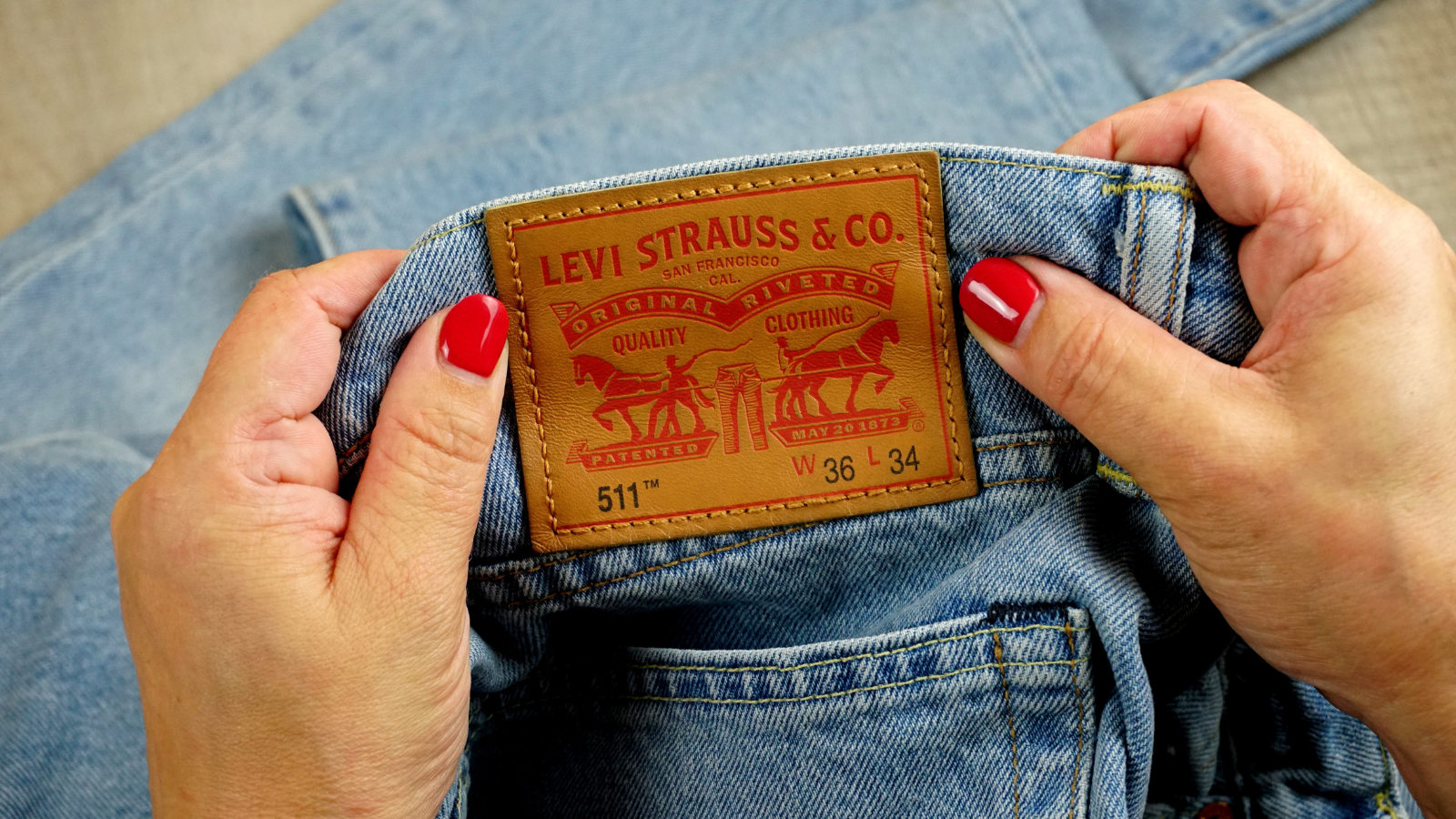
Sustainable brands are at the forefront of change within the fashion industry. They prioritize ethical labor practices, eco-friendly materials, and transparency in their supply chains.
These brands are setting examples by showing that it’s possible to create fashion without exploiting workers or harming the environment, inspiring a shift toward a more sustainable industry.
Consumer Awareness and Activism

Consumer awareness and activism in the fashion industry are growing. Informed consumers are advocating for ethical and sustainable practices by supporting transparent brands, boycotting fast fashion, and demanding accountability.
They sign petitions, engage in social media campaigns, and make more responsible purchasing choices to push for positive change in the industry.
The Role of Legislation and Regulation

Legislation can also help stop the ills of the fashion industry.
Efforts to Improve Worker Conditions
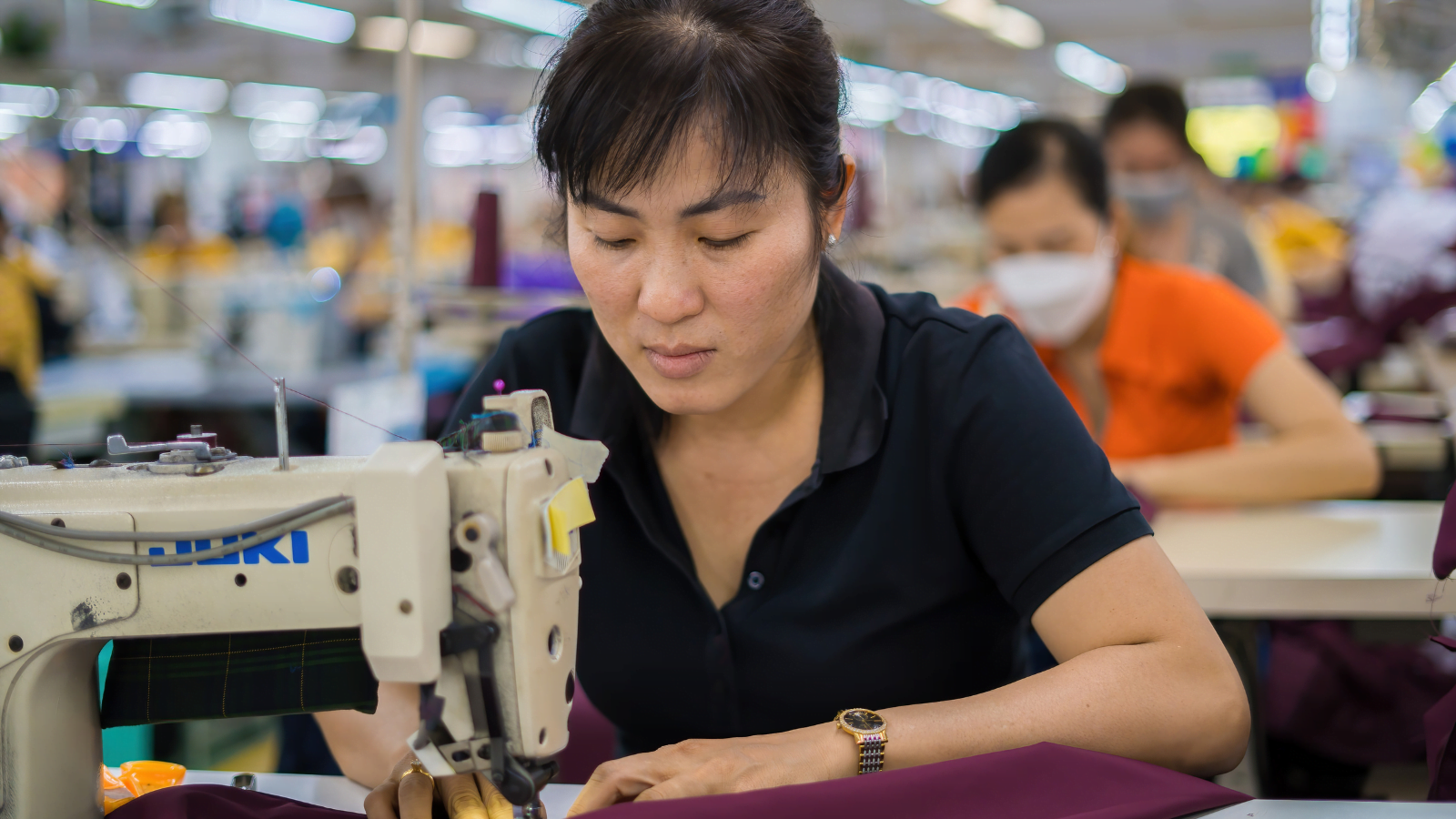
Efforts to enhance worker conditions in the fast-fashion industry include government initiatives and NGO campaigns aimed at enforcing labor laws, ensuring fair wages, and reducing working hours.
Advocates push for the implementation of international labor standards and measures to improve worker safety, rights, and job security within the industry.
Advocating for Transparency

Advocating for transparency in the fashion industry involves calls for brands to disclose their supply chain information, labor conditions, and environmental practices.
It aims to hold companies accountable, enabling consumers and stakeholders to make informed choices and apply pressure for ethical, sustainable, and responsible manufacturing in the industry.
Conclusion

The fast-fashion industry, notorious for its exploitation of workers and manipulative consumer practices, is at a crossroads. As consumers become increasingly aware of the issues associated with this industry, the need for change becomes more pressing.
Whether it’s addressing the abysmal working conditions or demanding ethical and sustainable practices, we all have a role to play in reshaping the fast-fashion landscape.
Only through collective action, informed choices, and responsible policies can we hope to dismantle the exploitative mechanisms within this industry and create a more just and sustainable fashion world for all.
Don’t Toss It Yet: 12 Overlooked Antiques In Your Home That Could Make You An Overnight Millionaire

Antique items have long captured the fascination of collectors and enthusiasts, and beyond their sentimental value, they hold the potential to bring considerable wealth to their fortunate owners.
Here are the 12 Overlooked Antiques In Your Home That Could Make You An Overnight Millionaire
Profitable Stock Traders are Using This Tool to “Hack” the Markets

This tool is helping traders beat the market compared to those who have no idea what is.
Here are the Top 28 Stock Trading Discord Servers Right Now.
10 Industries That Will Make The Most Millionaires In The Next 5 Years

If you are not paying attention to these 10 industries, you are about to miss out on the next boom of millionaires.
See the 10 Industries About to Make the Most Millionaires in the Next 5 Years.
8 Cryptos Set to Shoot to the Moon in 2023 – One Small Investment, One Giant Leap for Your Wallet

These are 8 cryptocurrencies you need to know about before you miss out on the next boom.
8 Cryptos Set to Shoot to the Moon in 2023 – One Small Investment, One Giant Leap for Your Wallet
10 Stocks in Bill Gates Stock Portfolio Smart Investors are Buying

We share the top 10 stocks that Bill Gates owns that smart investors are buying right now.
10 Stocks in Bill Gates Stock Portfolio Smart Investors are Buying
The 27 Unexpected Habits Of The Wealthy: Secrets To Maximize Your Money

The wealthiest people on Earth share similarities in their habits. We break down the 27 habits you would not expect!
The 27 Unexpected Habits Of The Wealthy: Secrets To Maximize Your Money
This Options Discord Chat is The Real Deal
While the internet is scoured with trading chat rooms, many of which even charge upwards of thousands of dollars to join, this smaller options trading discord chatroom is the real deal and actually providing valuable trade setups, education, and community without the noise and spam of the larger more expensive rooms. With a incredibly low-cost monthly fee, Options Trading Club (click here to see their reviews) requires an application to join ensuring that every member is dedicated and serious about taking their trading to the next level. If you are looking for a change in your trading strategies, then click here to apply for a membership.
